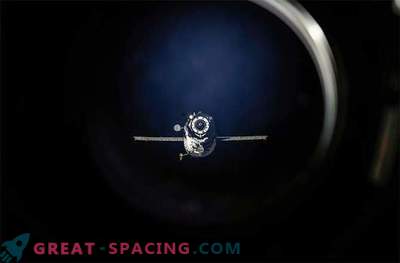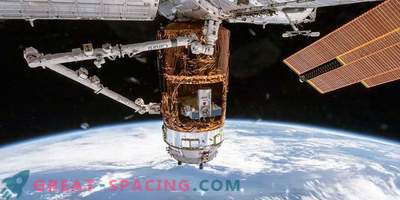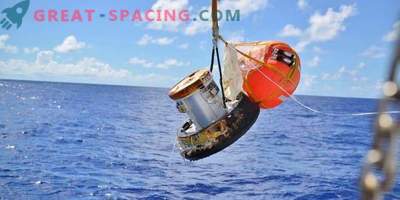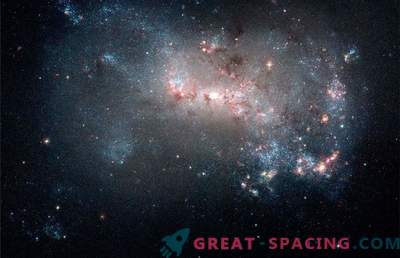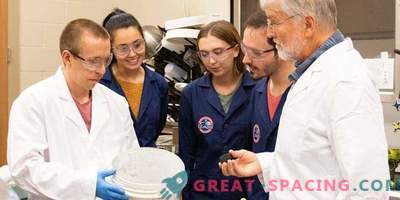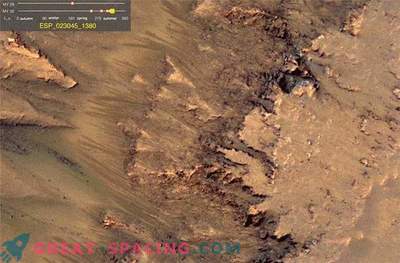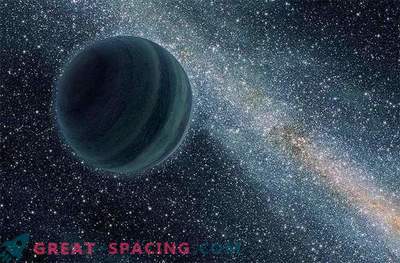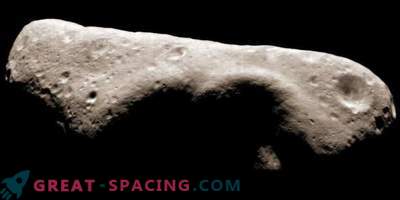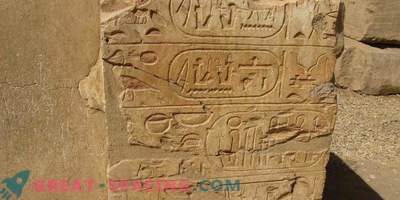
The Chinese space station Thangun-1 practically burnt down when entering the atmosphere on April 2 over the central part of the Pacific Ocean. The experimental laboratory entered the atmospheric layer at 8:15 local time in Beijing.
Scientists, tracking its movement, predicted that most should burn, and the risk for people is minimal. Now the analysis confirms almost complete combustion. Some believe that it would be better if it does not fall to the Earth at all, but part of it should collapse on the southern waters of the Pacific Ocean.
When falling, a rotation was noted, which means it is difficult to accurately predict how the device will behave when going down. Tangun-1 appeared in 2011 and became the first Chinese space station, which plays the role of an experimental platform for large projects, such as Tangun-2, which was launched in 2016.
During the docking testing procedures at the station, there were two crews of Chinese astronauts. The last signal from the station was received in 2013, and in 2016 they stopped trying. Early predictions indicated that about 10% of the 8.5-ton ship should reach Earth.
American experts, among whom was Roger Thompson, created a fairly accurate computer model of the trajectory of the Thangun-1 entry. Now it is clear that the simulation is only 15 minutes behind the real movement. It is important to understand that the inaccuracy of data is a common occurrence, because approximately 15% of satellites return to Earth before the end of their use. Space debris falls on the surface of the Earth every few months, but there has not yet been a fixed case of human death. In 1997, American Lottie Williams was next to the fallen part of the Delta-2 rocket, but she did not suffer.

“Point Nemo” - a water cemetery for titanium fuel tanks and other high-tech space debris
The most famous case of the fall belongs to the American 77-ton Skylab. The laboratory collapsed in the atmosphere in 1979, and its parts flew over the Australian city of Perth. US received a fine of $ 400 for garbage.
The name Tiangun-1 translates as “Heavenly Palace”. It has two modules: solar batteries and engines, and the second - a place to stay and experiments of two astronauts. The third crew member usually has to sleep in the docking ship.
The space Chinese program began to be active in 2003 and managed to make significant progress in a short time. Now it is the third country after the United States and Russia, which plans to place the rover on the Red Planet and explore space.
In 2020 they plan to send a mission to Mars for a sample. China also wants to land a soft probe on the far side of the moon.

